Cross training vs running: Which type of exercise should you be doing?
When it comes to cross training vs running, you don’t need to pick a side: a little of both makes the perfect combination


Figuring out the best option when it comes to cross-training vs running should start with having a look at how your body benefits from both, and the areas that might be missing out. If you are a runner, it’s not really a case of cross-training vs running and more a case of cross-training plus running; you should cross-train to avoid injury, plus in most cases it will benefit your running.
If you don’t run and you’re wondering whether to start, it could be a good way to mix things up and improve your stamina, while still maintaining a balance of cross-training sessions that include strength and cardio. And the good news is, if you invest in the best treadmills, you don’t even have to set foot out your front door if you don’t want to.
If you’re taking on a new type of training, don’t forget you need to be kitted out for it. Find out about the best cross training shoes to help keep you steady on your feet.
What is cross-training?

Any exercise can be counted as cross-training. It’s all about doing different movements to help your body stay strong from all angles so you can avoid injury and be as fit, strong and agile as possible. Ellie Crawley, personal trainer and founder of Feel Fit Studio, specialises in strength training. She explains, “Cross training is mixing up your training with several different exercises to your main one. Cross training limits the stress on the muscles used in your regular exercise because it uses the muscles in a slightly different way. For example, if you are a runner, using weights will help build strength in the muscles to help you run, or swimming will help your aerobic capacity.”
It's not just about building strength to assist you in your running, it’s about balance. If you’re a really keen runner, then there are certain muscles in your body being used all the time, but they are only being used in the same way using the same movement. Cross-training with Pilates, for instance, encourages you to move your legs and body in different directions to those that you do when running, helping your body maintain the mobility and flexibility it was designed to have, while using different muscles to support your frame. So next time you have to dodge out of the way of a loose dog in the park, your body is ready for it and can easily cope with the change in pace and direction.
What are the benefits of cross-training?
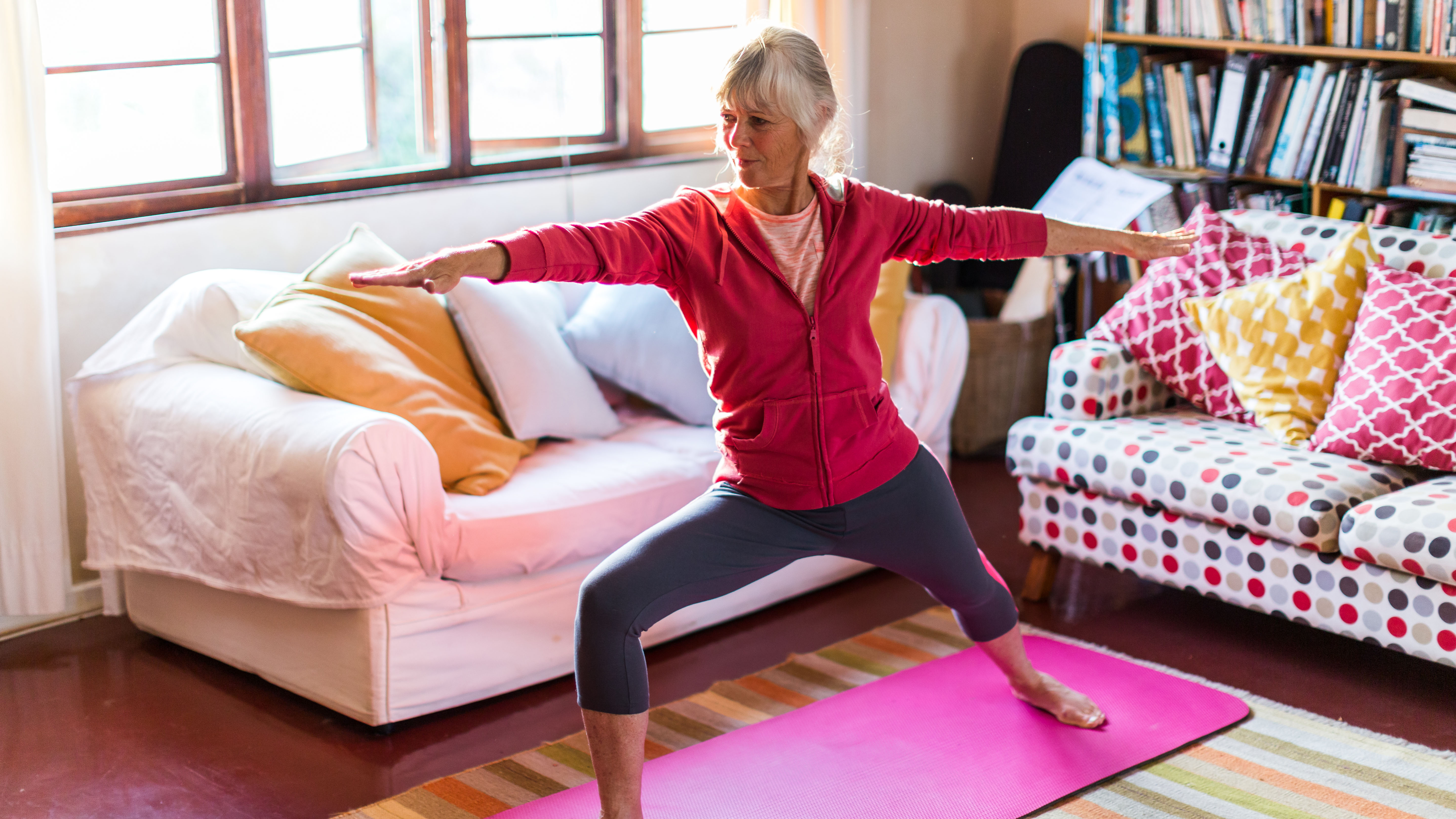
There are many benefits of cross-training, including improved strength, agility and aerobic fitness and, says Ellie, “It will help reduce stress on the body, which means fewer injuries! If you aren't cross training I would advise anyone to start. It is important to build strength and muscle for any exercise, especially running. We see too many people coming to us with injuries from running because this is all they do. To avoid injury we would advise strength training built into any workout routine from swimming, cycling to running. Strong muscles support all forms!”
Aside from the physical benefits of cross-training, you can also benefit mentally as well. Changing up your routine and adding in weekly regular sessions of swimming, Pilates, yoga, cycling, or gym class is going to help stop you getting bored or frustrated with your running – however much you love it, time off can be a great way to reflect on your training and go back to it with a fresh mind next time.
Get the Fit&Well Newsletter
Start your week with achievable workout ideas, health tips and wellbeing advice in your inbox.
What sort of cross-training should runners do?
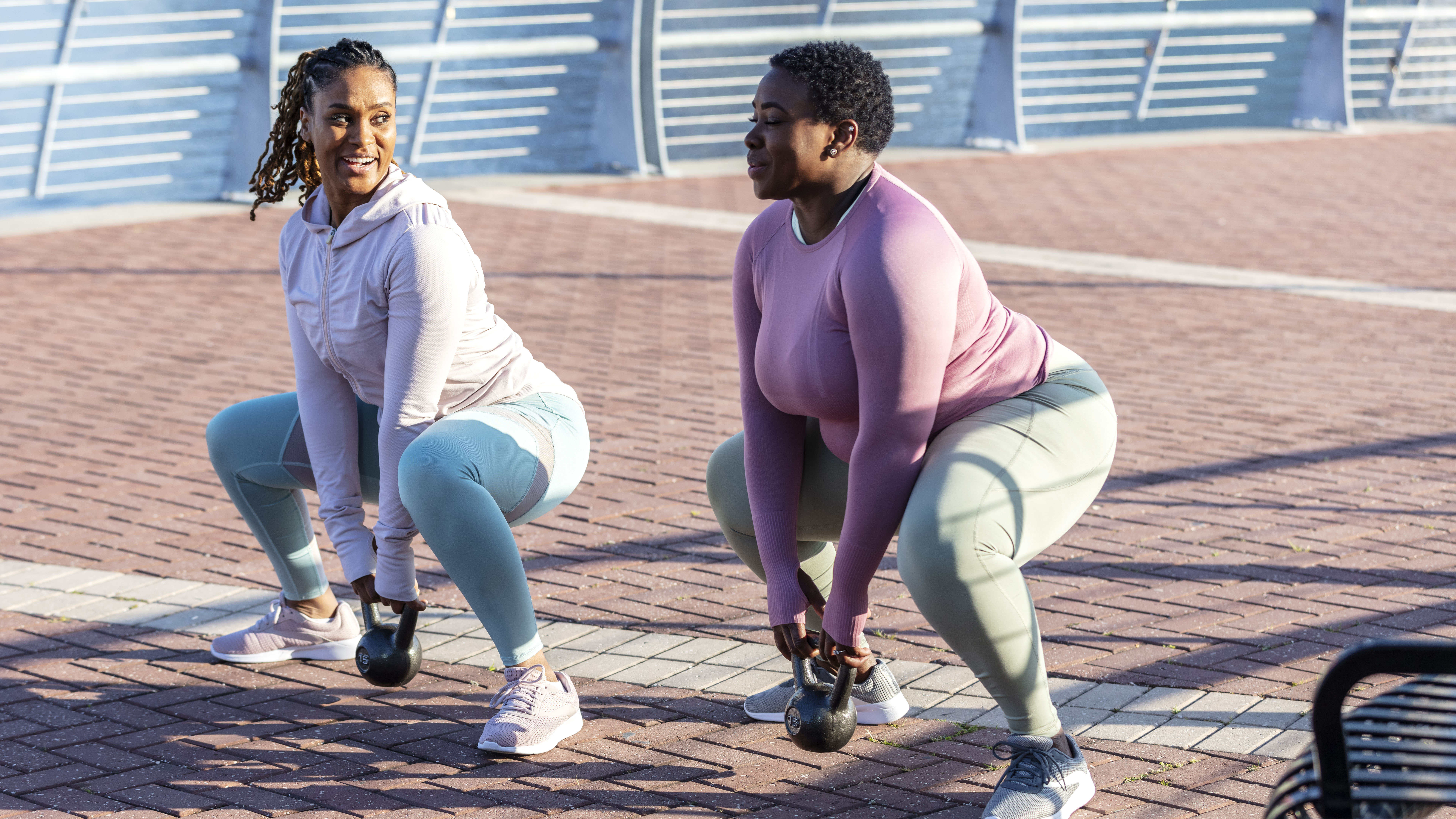
Running is a full-body exercise, so you need a full-body focus when you cross train. Yes, legs need to be strong, but you also need a strong core to hold your form, and strong back and shoulders for optimal breathing and posture. Exercises like swimming or yoga and even hula-hooping are great options.
In the gym, Ellie advises trying out the best kettlebell. “These are a great ballistic movement, increasing strength and improving your cardiovascular fitness at the same time. Form is key, so seek advice from a personal trainer or coach on how to use these correctly. The kettlebell swing works your core, glutes, hamstrings, quads and back - an all-over workout, working the areas all runners should be focusing on, whatever level they are.”
Will cross-training improve my running?
Not only is cross-training for runners important for overall strength, but it will also improve your running and help safeguard you against injury so you don’t suffer setbacks. You can tailor your cross-training to achieve a particular goal – for instance, if you want to be faster, you might benefit from better cardio, so HIIT classes could be the answer. If you want to run longer distances, you’ll need to look at your overall strength.
But if you approach your cross-training from both angles, you really can’t go wrong, any change in exercise is going to be good for your body and good for your running. In the gym, Ellie recommends “Things like box jumps, kettlebell swings, sled push, and hip flexor will help increase your speed. Cross-training is a reliable means to increasing speed and building strength without causing injury or over-training.”
Is there any type of training a runner should avoid?
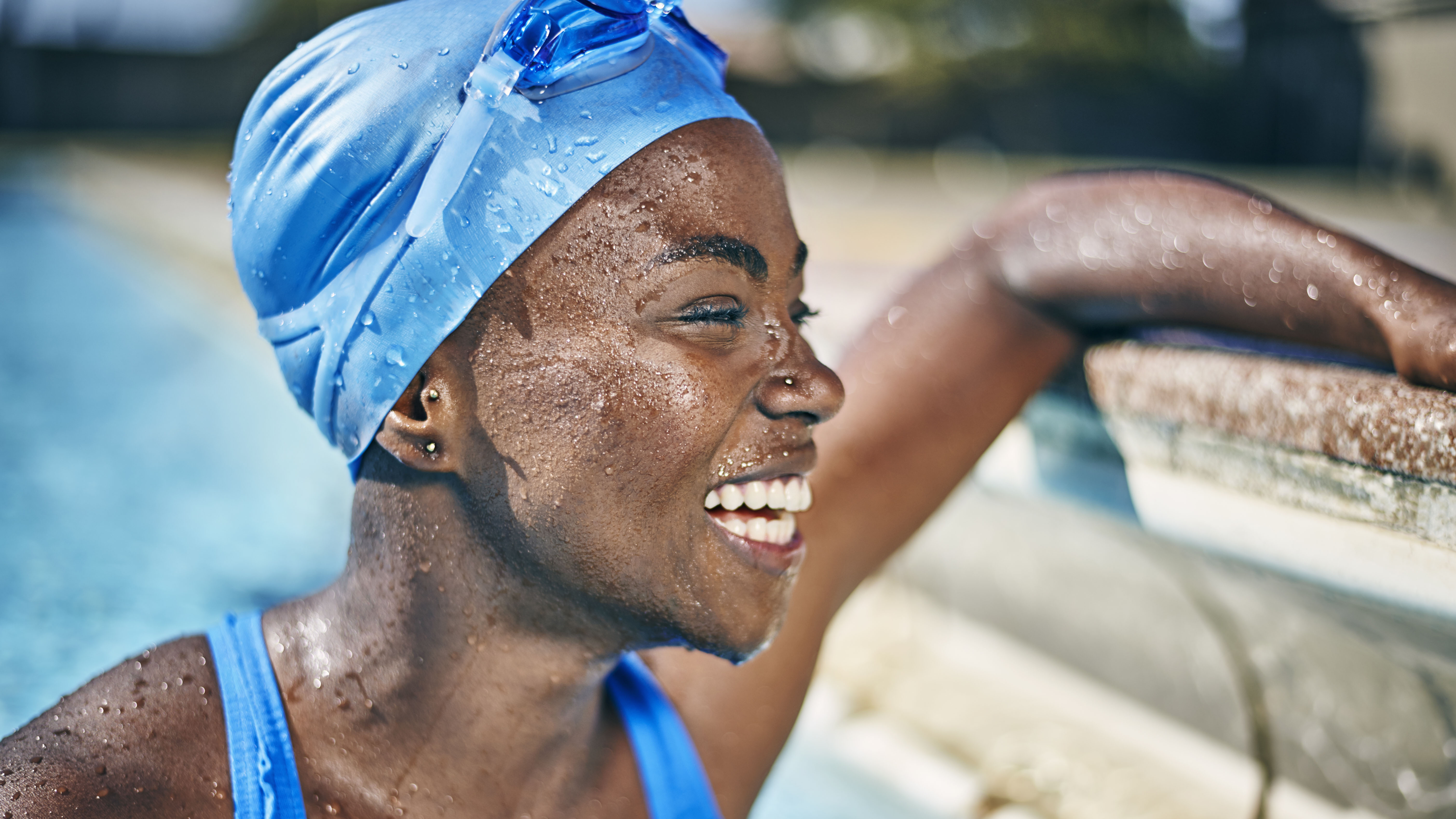
All cross-training is good training! There are no movements or exercises that are bad for a runner, but bear in mind that if you’re a sprinter you need more power in your legs, so bulking up with weight training will be great, whereas endurance/long-distance runners benefit more from being lighter and leaner, so lighter weights or non-weight-bearing strength like swimming or Pilates might be a better choice. Above all, you need to look after your body, so plan in rest days every week and take time to recover well, with the right nutrition, and a good sleep routine. Ellie agrees, saying the worst thing you could do with your cross-training is “skip a warm up or stretch after! Not resting enough between sessions or NOT strength training at all are also not good.”
Cross-training and running go hand in hand, it’s important that you do both to maintain strength, improve your performance and avoid injury. Speak to a coach to help decide which cross-training is right for you, or try out a few different options to see what you enjoy – you really can’t go wrong.
Amy Curtis is a personal trainer, Pilates instructor and freelance journalist, based in London. She has worked as a magazine editor for Running and Outdoor Fitness and contributed to fitness websites including run247.com and getsweatgo.com. She specialises in women’s fitness, helping women through different stages of their life, from pregnancy to post-natal to menopause. She also works with runners, in particular using Pilates to help build strength for training. Amy is a keen runner herself, and has covered distances from 5km to ultra-marathon.
-
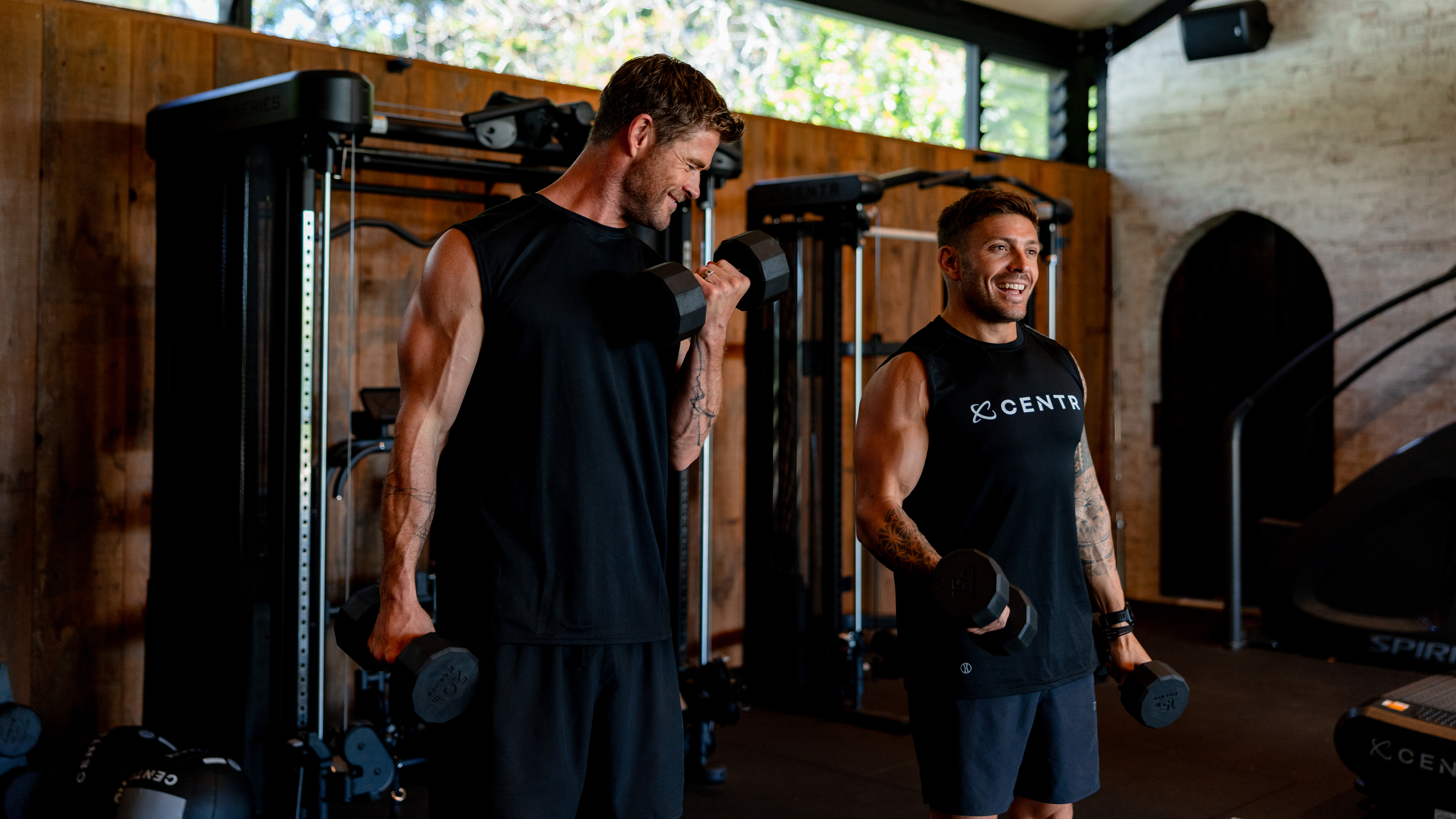 Build blockbuster arms and abs with Chris Hemsworth's go-to dumbbell circuit
Build blockbuster arms and abs with Chris Hemsworth's go-to dumbbell circuitAll you need are adjustable dumbbells and 20 minutes
By Sam Rider Published
-
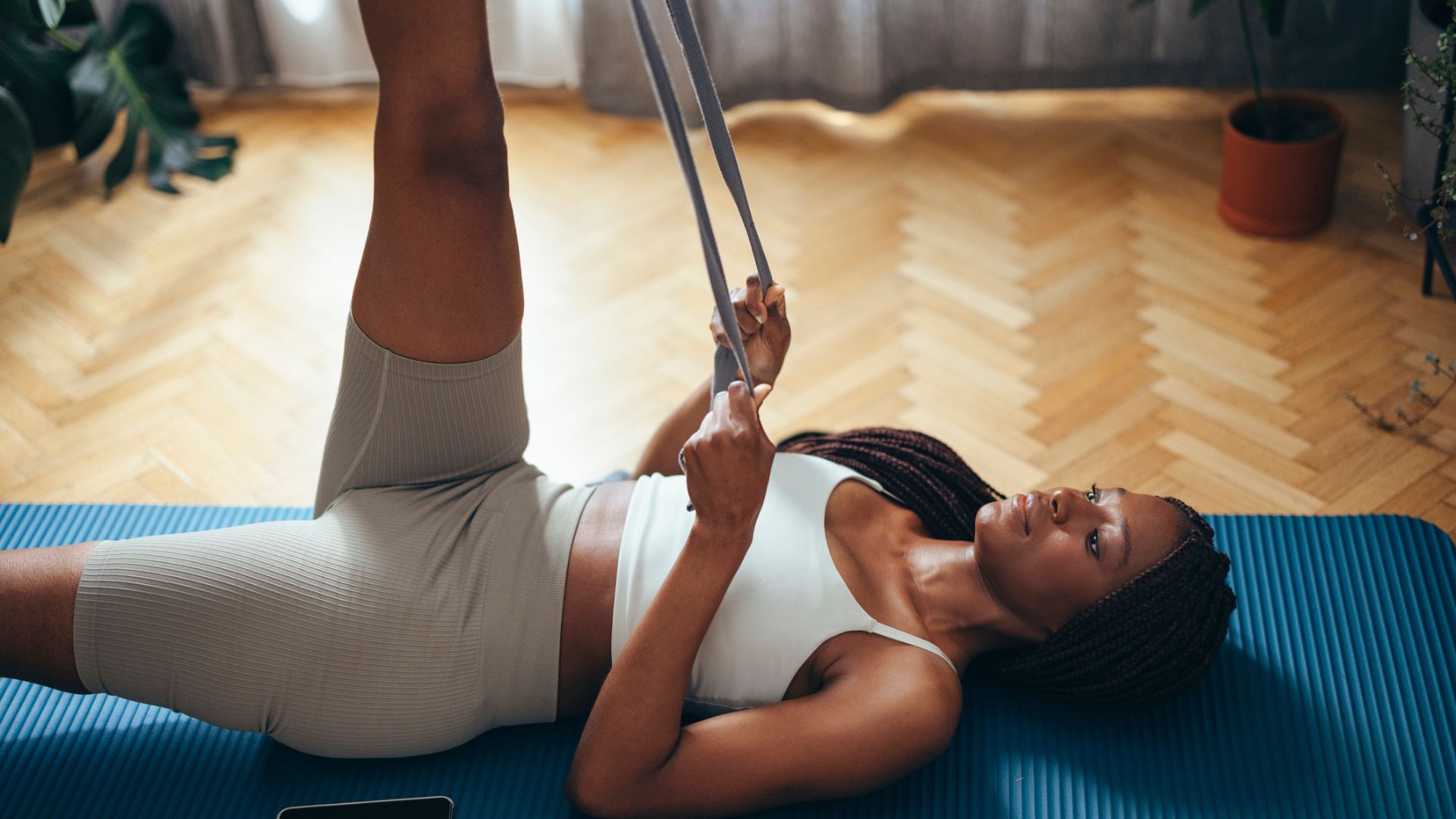 Forget crunches—if I wanted to improve core strength I'd do this neck-friendly Pilates workout
Forget crunches—if I wanted to improve core strength I'd do this neck-friendly Pilates workoutAnd it takes just five minutes
By Maddy Biddulph Published
-
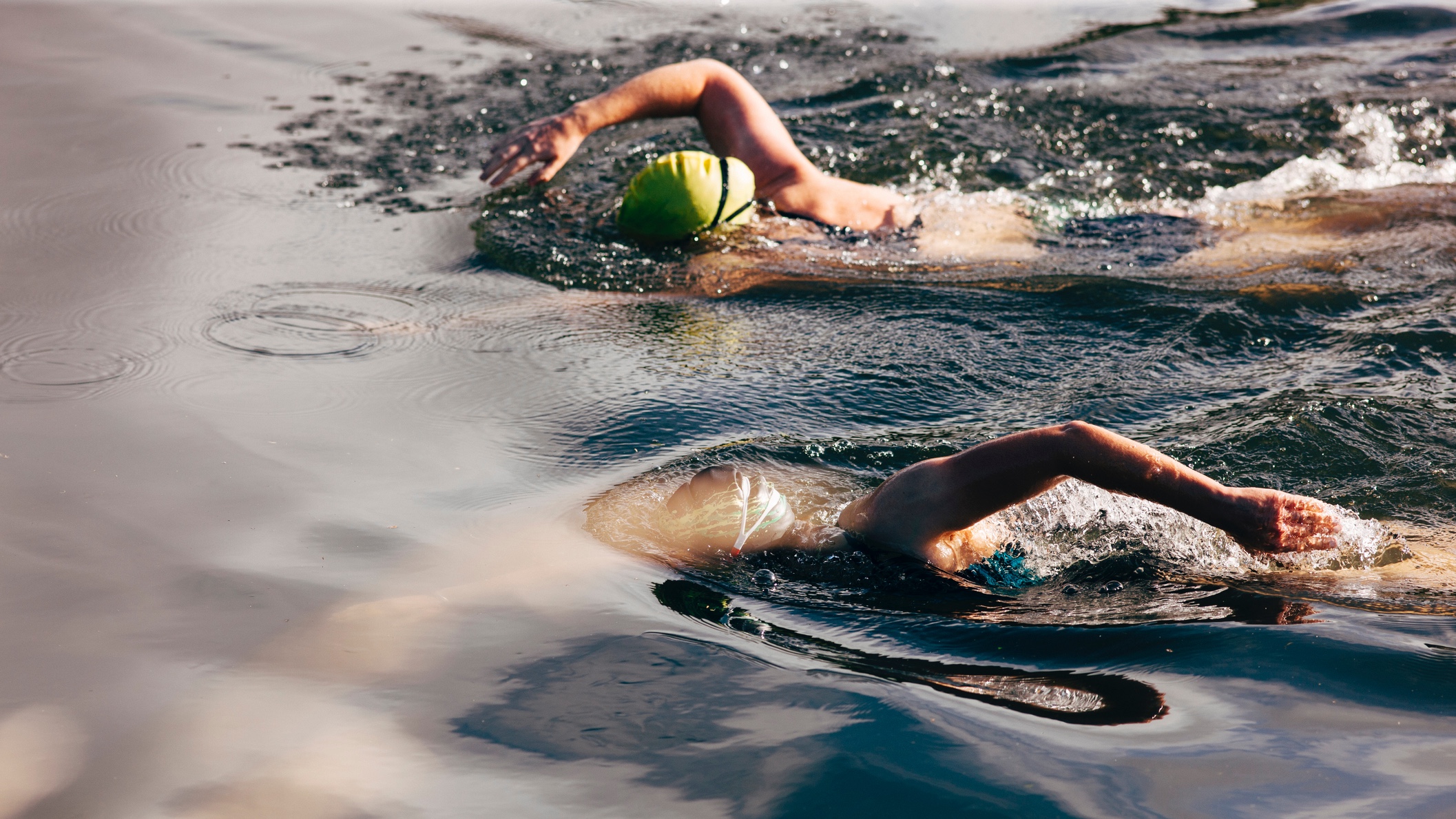 What’s the best open water swimming technique?
What’s the best open water swimming technique?Fitness Perfect your open water swimming technique and you'll be able to explore your local lakes and pools with confidence
By Maddy Biddulph Published
-
 The best trekking poles 2025
The best trekking poles 2025Buying guide Protect your knees and increase stability with the best trekking poles
By Harry Bullmore Published
-
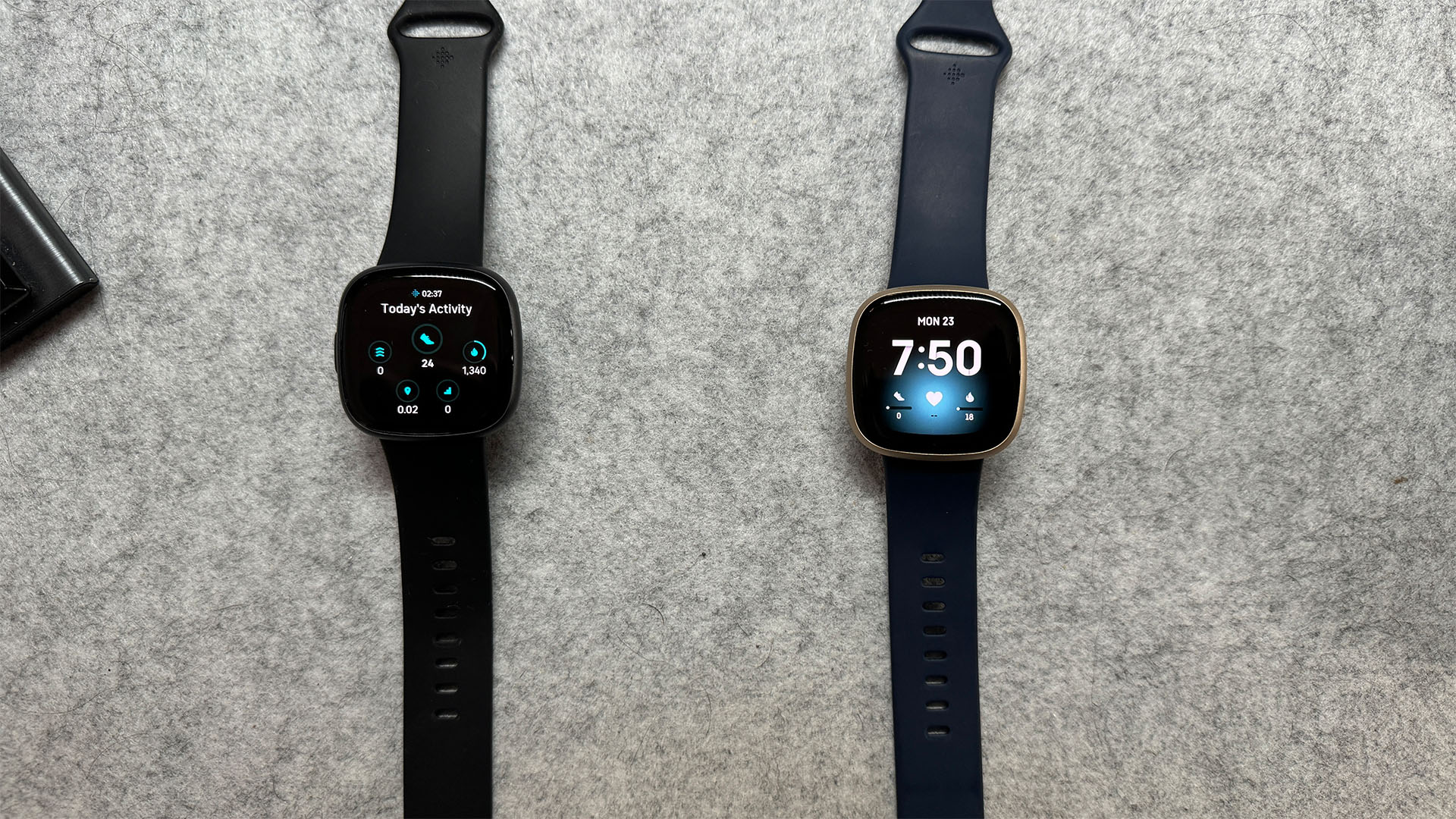 Fitbit Versa 3 vs Versa 4: here's the one I recommend buying
Fitbit Versa 3 vs Versa 4: here's the one I recommend buyingVersus There's little difference between these models, but the Versa 3 is much cheaper
By Lloyd Coombes Last updated
-
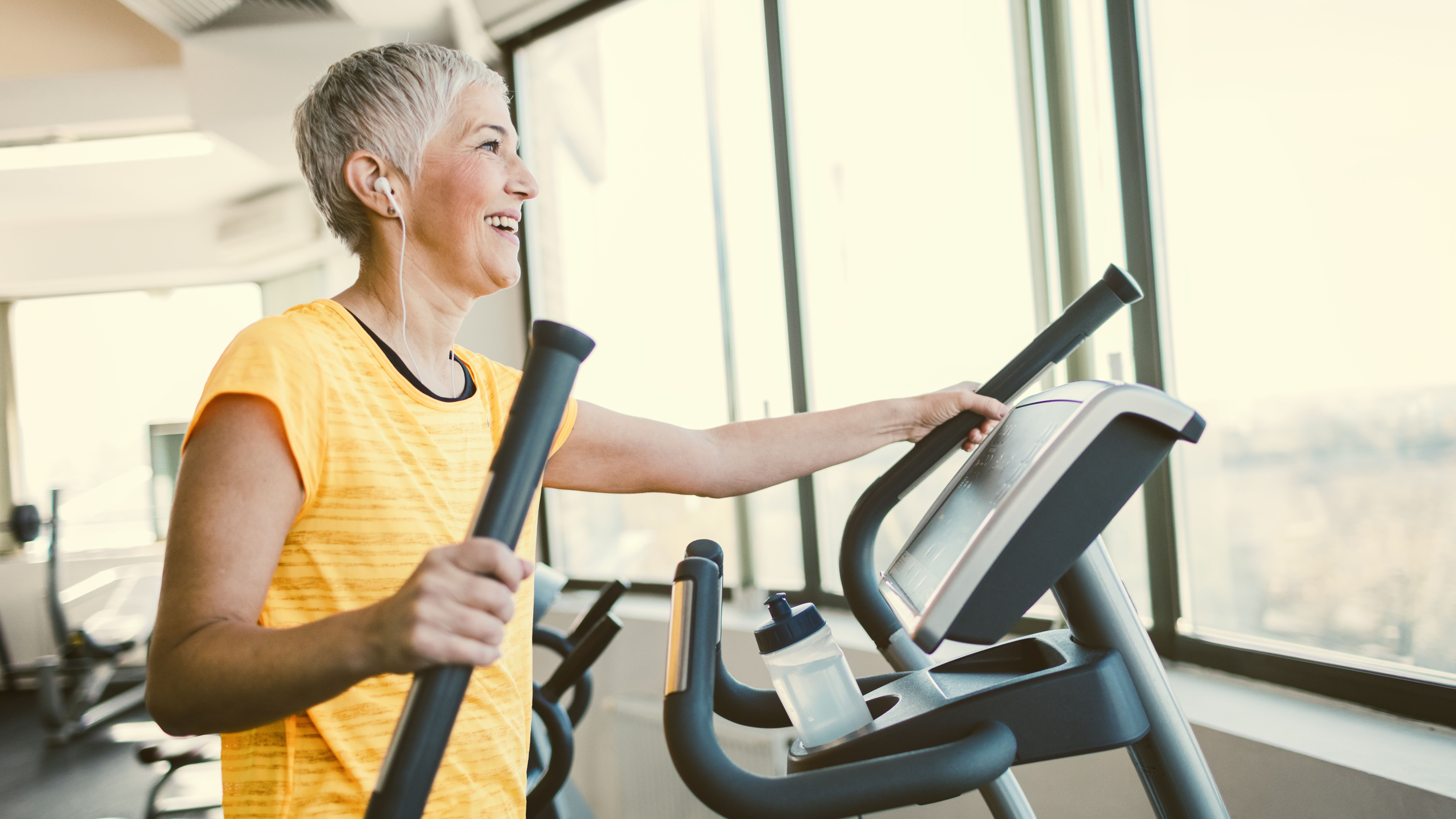 Best elliptical machines for home workouts
Best elliptical machines for home workoutsBuying guide Need a low-impact workout that’s easy on the knees? Try one of the best elliptical machines
By Sam Hopes Last updated
-
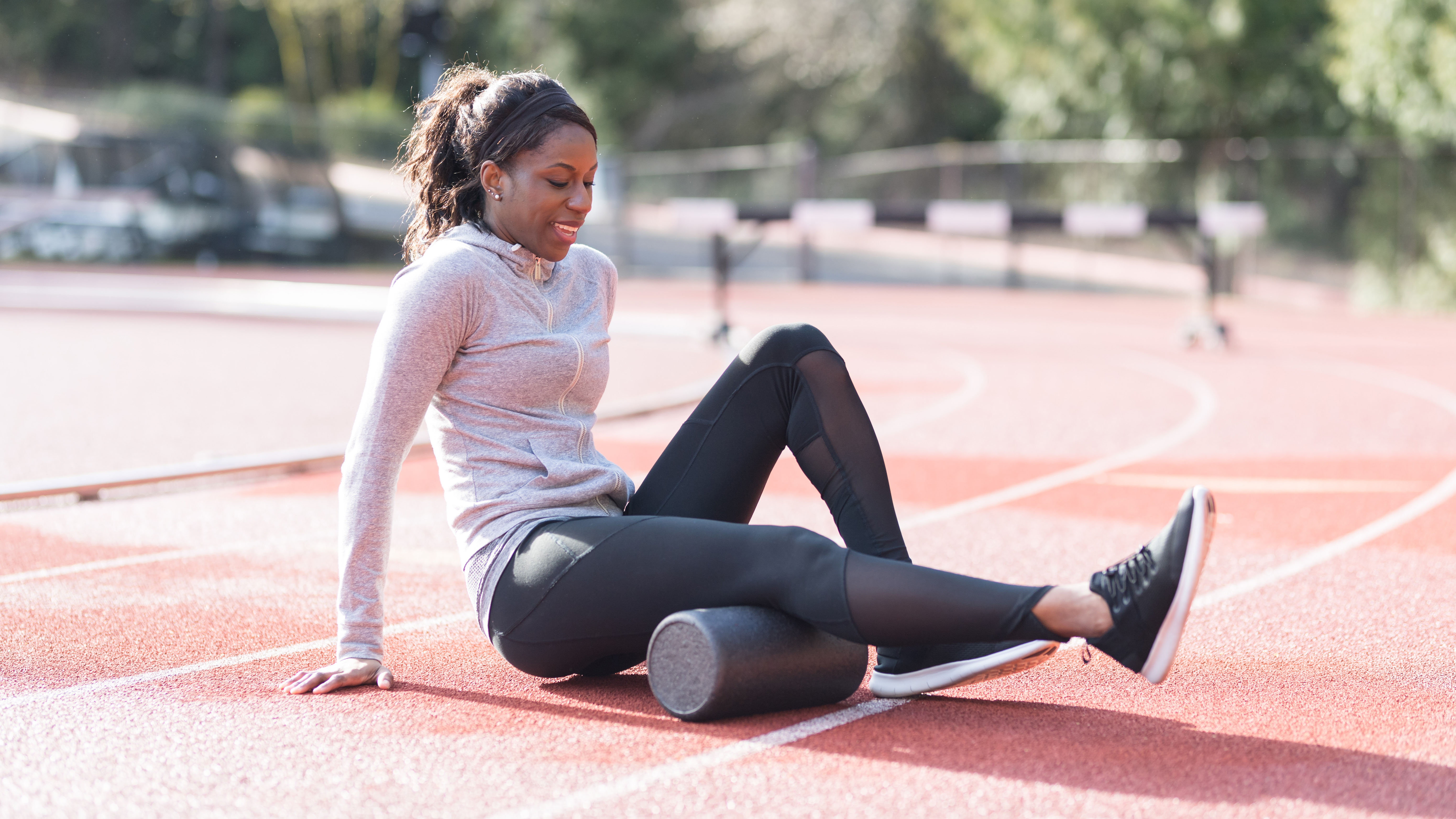 Best foam rollers for soothing sore muscles
Best foam rollers for soothing sore musclesBuying Guide Ease post-workout pain with our pick of the best foam rollers
By Harry Bullmore Last updated
-
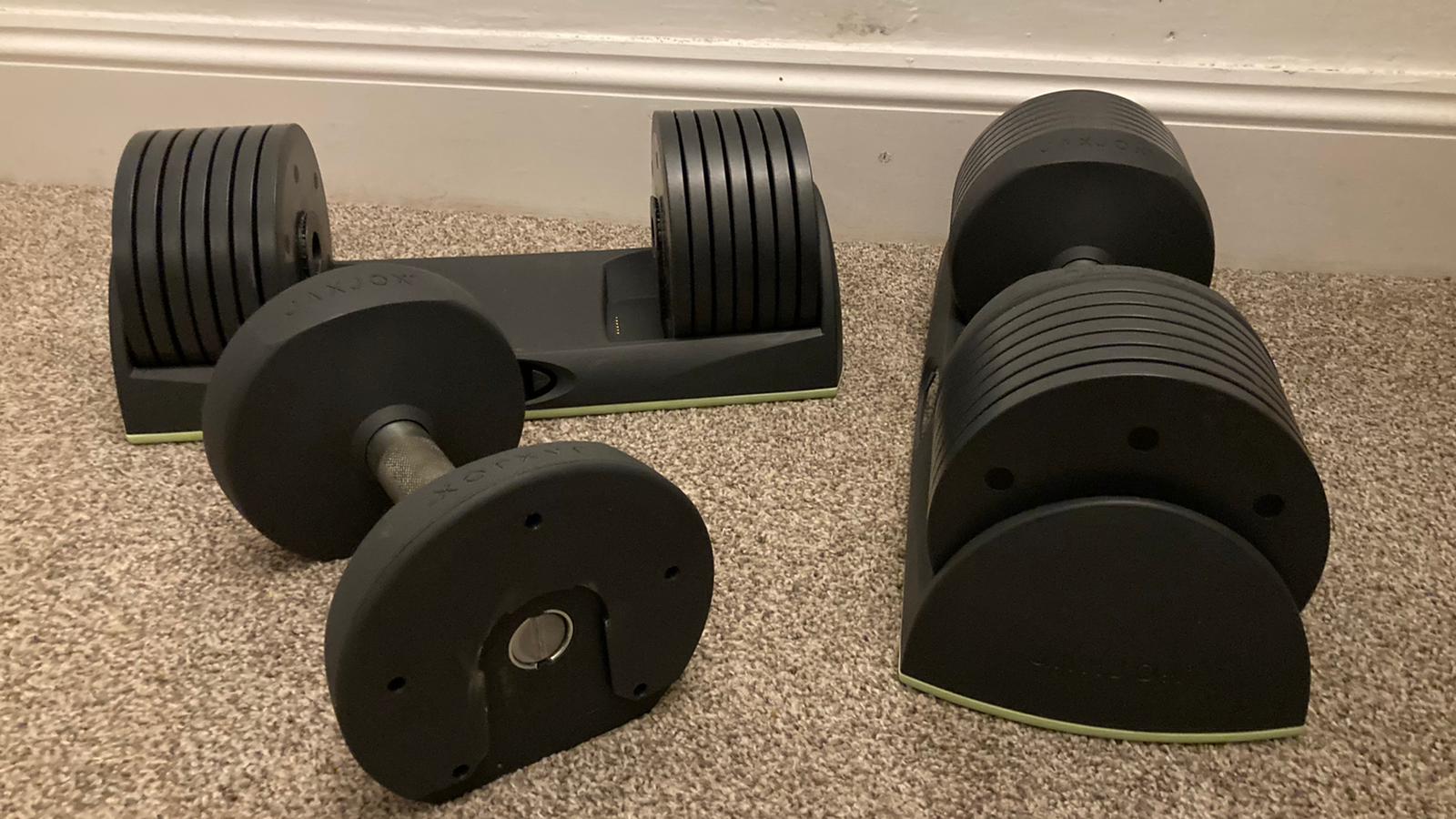 The JAXJOX DumbbellConnects have changed my home workouts forever
The JAXJOX DumbbellConnects have changed my home workouts foreverIf you want to start strength training at home, the JAXJOX DumbbellConnect adjustable dumbbells are the ultimate home workout tool
By Harry Bullmore Published
-
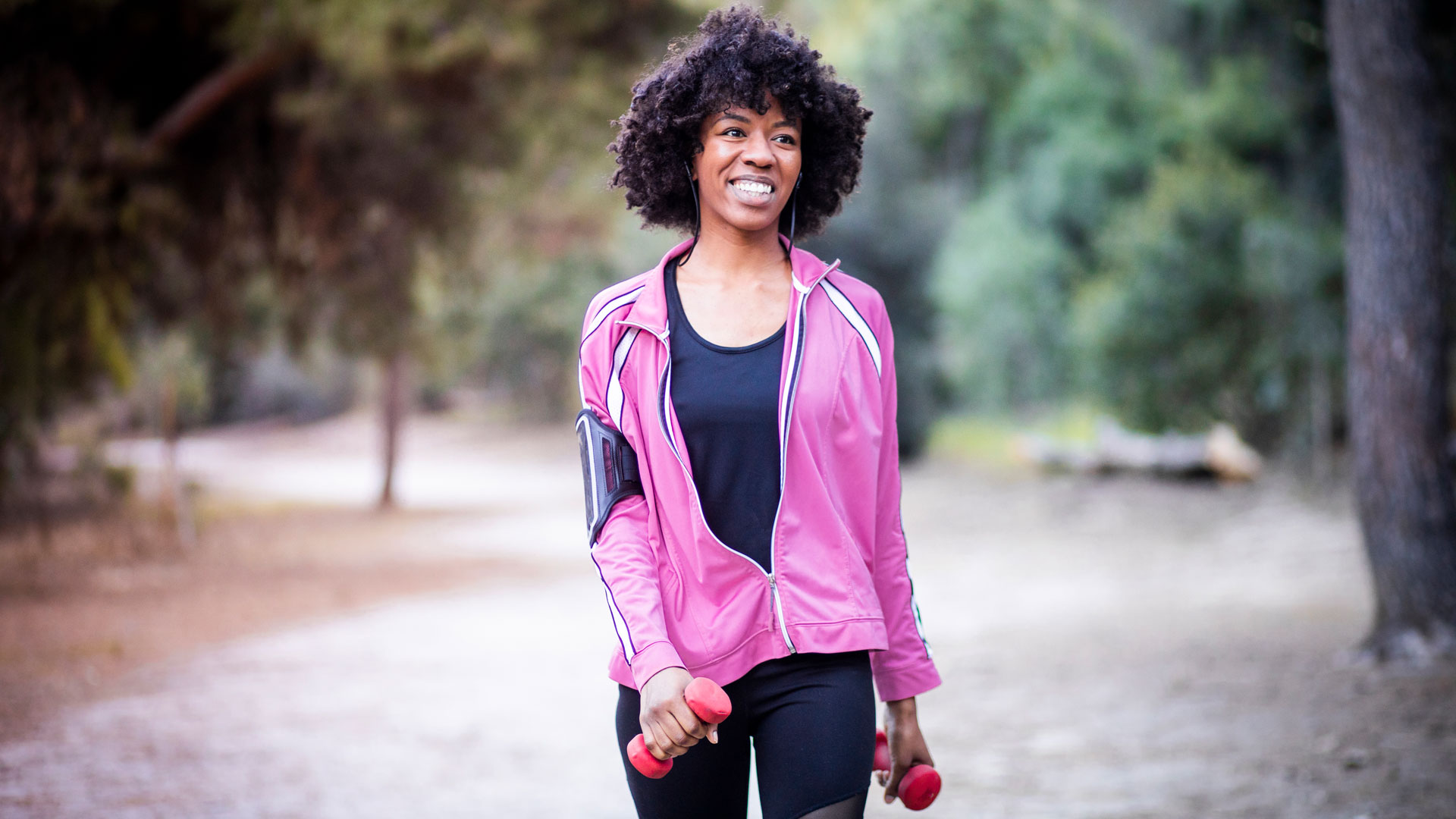 How to go walking with weights to build muscle
How to go walking with weights to build muscleFitness Try working out outside and go walking with weights for some serious health benefits
By Harry Bullmore Published
-
 Does hiking build muscle?
Does hiking build muscle?Fitness Does hiking build muscle? Here’s how this outdoor activity affects your strength
By Lily Canter Published